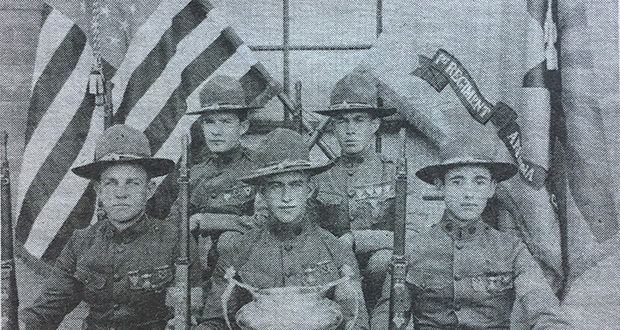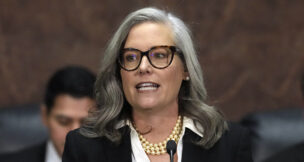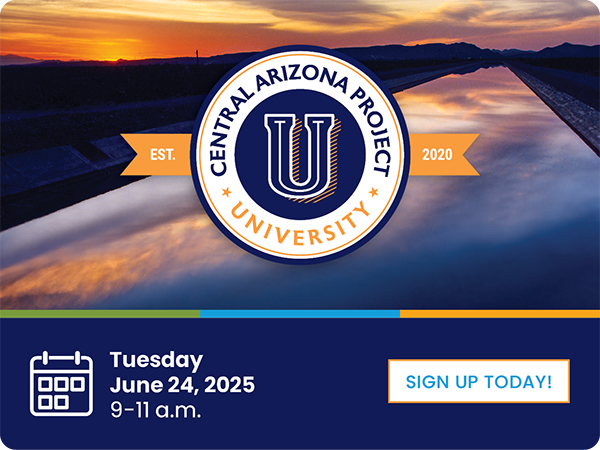The world’s first citizen
Arizona Capitol Reports Staff//October 27, 2006//
Teddy Roosevelt traveling north on Center Street (today’s Central Avenue), saluting the throngs of citizens whom had come to welcome him to Phoenix. On the morning of March 18, 1911,...
No tags for this post.











































